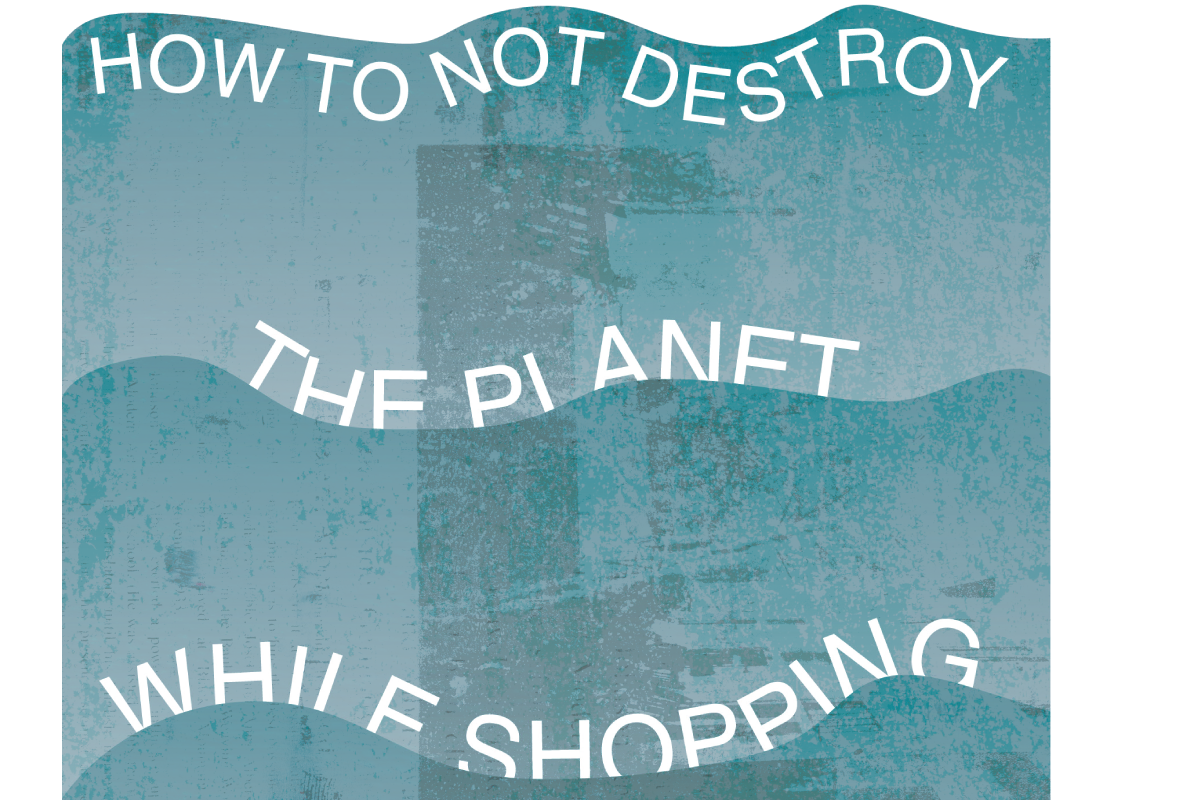For most of my life, I viewed clothing as something disposable and never took into account the time and effort it takes to make a single garment. Something as simple as a white T-shirt has a long production cycle and impacts the planet in a big way. Fast Fashion is the unethical and unsustainable production of trendy, low cost throwaway clothes and feeds on the modern day mentality that more is more. It is a direct result of the rise of consumer culture that started in the 90s and has only grown stronger since. We as a society need to change the way we talk about and view clothing.
The fashion industry is the second most polluting industry after oil and a major proponent of climate change, most traditional fashion retailers sell cheap, slave-labour made clothing. But rather than focusing on the statistics and deep diving into the reality of fashion, as documentaries such as the True Cost can do a better job at shedding light on that than I can, this is a look into how we as consumers can be more conscious of what we buy.
Firstly, it is important to view clothing as something that is valuable and costs something. It does not grow from a tree or arrive at H&M out of thin air, it is a long process that involves several steps and a multitude of lives. Social media, especially Instagram, is constantly promoting the need for something new, that we as consumers are puppets to big conglomerates that create these trends and then avertedly sell cheaply made, disposable pieces back to us. The only party that benefits from this cycle in the long run is the big brands that promote consumer culture, not us as consumers and definitely not the poorly paid workers in Bangladesh or the planet as a whole. Thinking about where everything comes from, puts into perspective the worth of the clothing we buy.
Sustainable and ethical brands however come with a price tag that isn’t student friendly in the least, with garments costing upwards of £100. Shopping second hand and vintage is the easiest way to shop sustainably. Luckily we can even shop for pre loved garments online with websites such as eBay, Depop and ASOS marketplace amongst others. The golden rule while shopping, sustainably or not, is to consider how many uses you would get from that garment. If you buy a pair of jeans from Topshop but know that you will wear it religiously and see it as a closet staple that is a more conscious way to shop . Considering need versus trends and quality over quantity while making purchases is an important step in being a more sustainable shopper. Impulse purchases that feel good in the moment but end up in the back of your closet is not only a waste of your money but one of the most wasteful ways to shop, take the time to consider if you will actually wear and use the garment for a long time.
Lowering our consumption of clothing and choosing more eco-friendly clothing is one of the greatest ways we can reduce our carbon footprint and ultimately save the planet. Since each item we buy has a lifecycle and its own footprint, it’s important to consider how much energy and resources it takes to make every single item. Materials have to be planted, grown, harvested, go through a series of treatments such as dying and chemical processes, sewn, and shipped. When looking at every product, even if it’s “eco” friendly, they all still have some kind of energy and waste connected to it which is why consuming more consciously is the best thing we can do for our planet. Take care of your clothes and shift the focus of fashion away from trends and back to something that defines you personally.
By Zara Aftab

